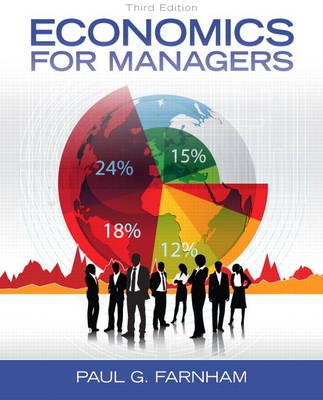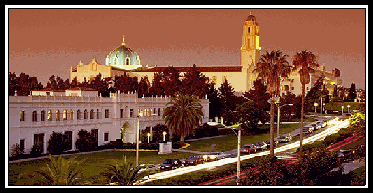
THE ECONOMIC ENVIRONMENT OF BUSINESS
 |
| Spring 2017 |
 |
Graduate (S) Business Administration 509 THE ECONOMIC ENVIRONMENT OF BUSINESS |
|
|
|
| | HOME | SYLLABUS | CALENDAR | ASSIGNMENTS | ABOUT PROF. GIN | |
|
D. Production and Cost Analysis in the Long Run
1. Production
. . a. Input substitution
. b. Factors affecting input substitution (1) Technology of production process
. (2) Prices of inputs
(3) Incentives facing producer
. (a) Competitive environments
. (b) Labor issues
. (c) Nonprofit organizations
. (d) Political and legislative influences
. 2. Costs a. Long-run average cost . . . . . . . . b. Economies and diseconomies of scale . . . . . . . . . (1) Factors leading to economies of scale (a) Specialization and division of labor
. (b) Technological factors i) Indivisible inputs
Ex. - . . . ii) Cube-square rule
Ex. - . . . (c) Use of automation devices
. (d) Quantity discounts
. (e) Advertising economies . . . i) Spread advertising costs
. . . ii) Advertising reach
. . . (f) Financial factors
. (g) Inventory
. . . (2) Factors leading to diseconomies of scale (a) Inefficiencies of managing large-scale operations
. (b) Increased transportation costs due to concentration
. . . . c. Learn by doing (learning curve)
. . . . . . . . . . d. Minimum efficient scale
. . . . . . . . . .
(1) Surveys of experts
. (2) Statistical cost estimation
. (3) Survivor approach
.
|